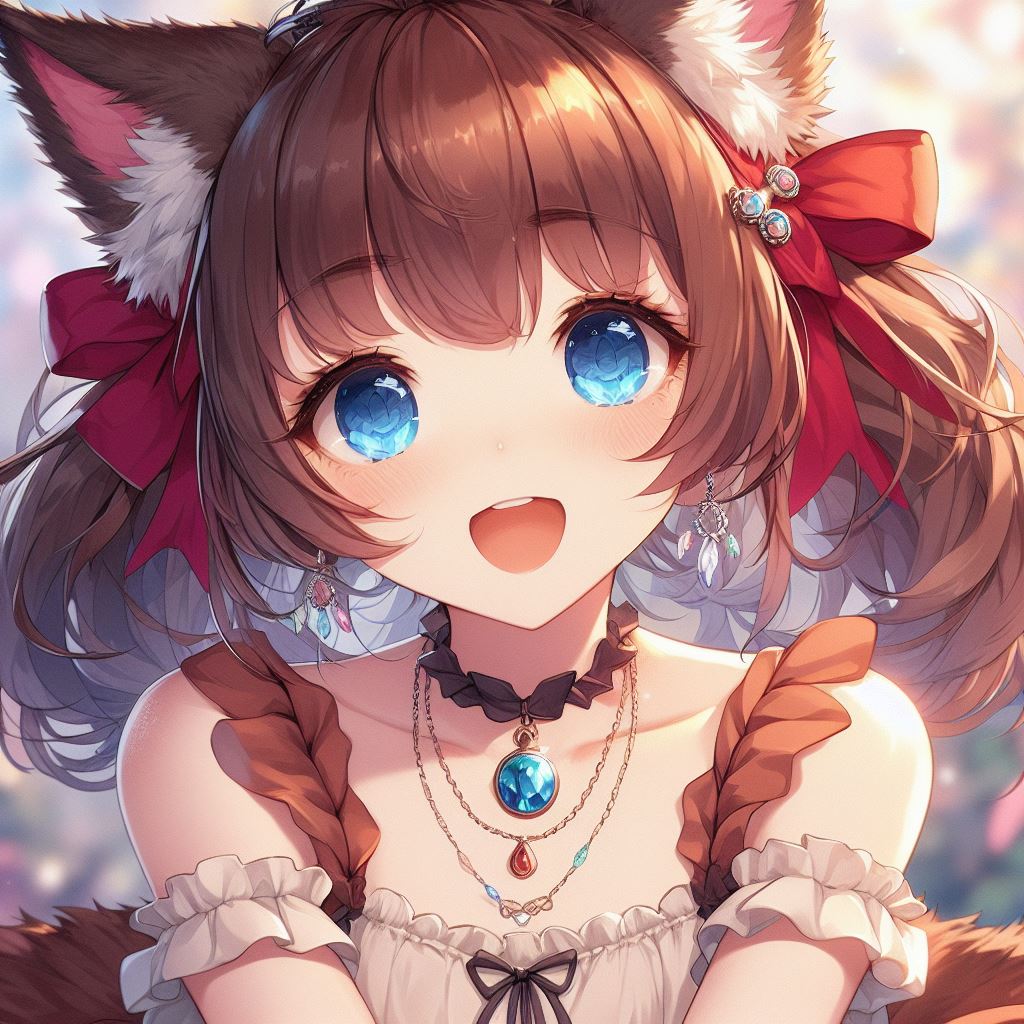introduction
{{For those who are about to start AI image generation}}
In recent years, advances in AI technology have brought about revolutionary changes in the field of image generation. In particular, AI-powered illustration generation has become a powerful tool for artists and designers. However, as this technology advances, issues of creativity and copyright arise. In this article, we will explain the possibilities of AI image generation, specific use cases, how to create prompts, how to use LoRA and its effects, keywords for improving image quality, consideration for copyright, etc.
Fundamentals of AI image generation
AI image generation uses artificial intelligence to learn from data and generate new images. Deep learning techniques are often used for this, and one notable approach is stable diffusion. Stable Diffusion employs a probabilistic method called a diffusion model to gradually remove noise during image generation, resulting in highly realistic, high-quality output.
Generating real images
AI technology is excellent not only for creating cute illustrations, but also for generating realistic images. For example, you can generate high-resolution images that resemble photorealistic landscapes or portraits. By utilizing Stable Diffusion, it is possible to generate more detailed images, which expands the possibilities of application in various fields such as advertising, film production, and game design.
Generate cute illustrations
One of the practical applications of AI image generation is the creation of cute illustrations. This is useful for things like character design and avatar creation, allowing you to quickly generate different styles. This process typically involves collecting a large dataset of illustrations, training an AI model on this data to learn different styles and patterns, and generating new illustrations based on user input or keywords.
creativity and AI
AI image generation also influences creative ideas. Artists can use her AI-generated images as inspiration for new works or expand on ideas, which can lead to the creation of new styles and concepts never thought of before.
Use and effects of LoRA
LoRA (Low-Rank Adaptation) is a technique used to improve the performance of AI models. Its impacts include:
1. Fine-tune models: LoRA allows you to fine-tune existing AI models to learn specific styles and features, allowing for customization based on user needs.
2. Efficient learning: LoRA reduces the need for large-scale data collection and training costs by efficiently training models using small datasets.
3. Rapid adaptation: LoRA allows you to quickly adapt to new styles and trends, making it easy to generate images tailored to your current needs.
For example, LoRA can be leveraged to efficiently achieve high-quality results when generating illustrations in a specific style.
Creating a prompt
When instructing an AI to generate illustrations, it's important to create effective prompts. Key points for creating prompts include providing specific instructions, using the right keywords, trial and error, and an optional reference image to help the AI figure out what you're looking for.
Keywords for improving image quality
When creating prompts for AI image generation, you can incorporate keywords related to image quality improvement to improve the overall quality of the images generated. Useful keywords include "high resolution," "detail," "clean lines," "high quality," "sharp," "bright colors," and "photorealistic."
Copyright considerations
Image generation using AI also raises copyright issues. If the dataset used to train your AI model contains copyrighted works, the resulting images may infringe your copyright. When using AI image generation tools, it's important to be aware of the data source, ensure that the generated images comply with copyright laws, and check the license agreement.
conclusion
AI image generation offers great possibilities for artists and designers, but it also raises challenges related to copyright. By using data responsibly and understanding copyright law, you can leverage AI technology to create innovative work. Leveraging technologies like LoRA can further improve efficiency and quality. Users can adjust the output by incorporating image enhancement keywords into the prompt. Let's explore new ways of expression while being aware of advances in AI technology and the considerations that come with it! !




